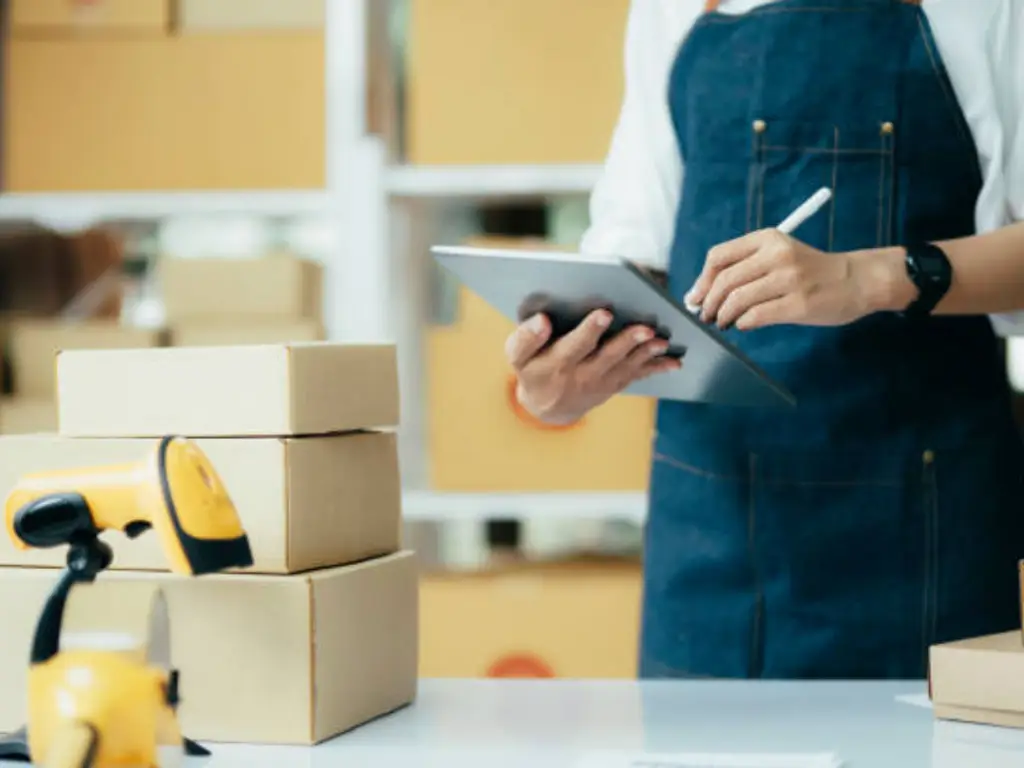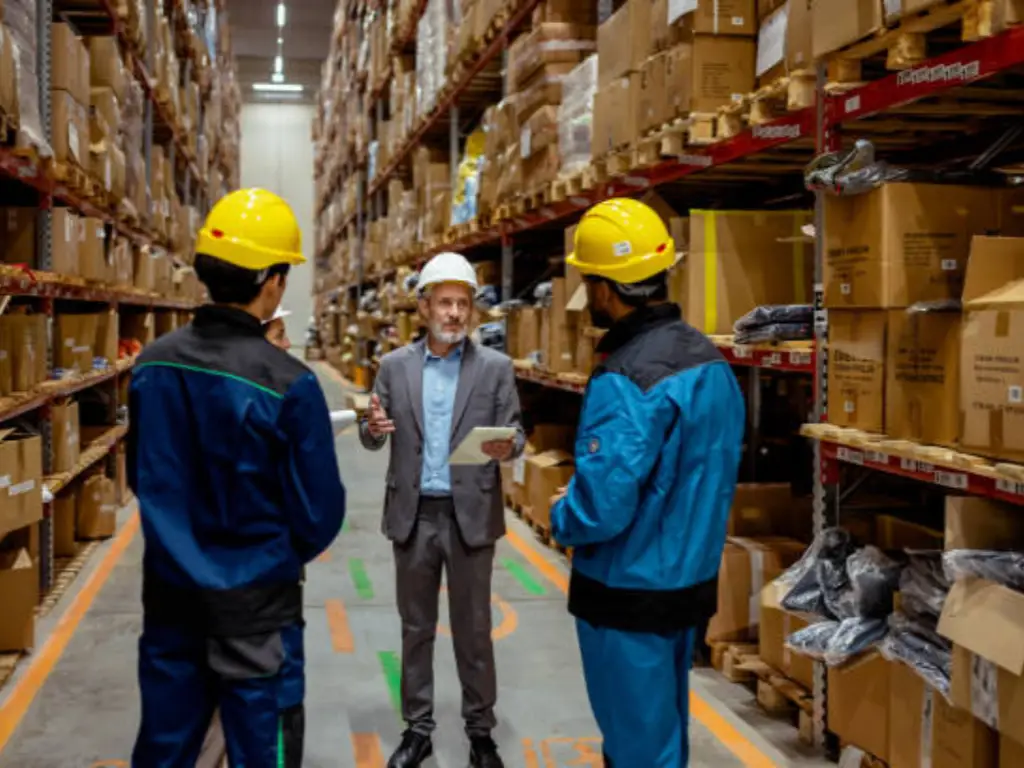From “Cha-Ching” to Shipped: Your Fulfillment Journey Starts Here
You have made a sale. The Shopify notification of the cha-ching confirms that your product is purchased. This is the initial important step towards establishing a successful ecommerce business. The following, though, is what will determine your operational competence and the perception of your brand by your customer: order fulfillment.

Fulfillment is not just a logistical operation, but the physical expression of your brand promise. A lean, precise and transparent process creates customer confidence and promotes repeat business. A defective process destroys such trust forever.
This manual is a comprehensive, step-by-step system of Shopify order fulfillment. We will start with the basic manual procedures to be followed to make your first orders directly in the Shopify dashboard. It is based on this that we will move on to a strategic analysis of the three main fulfillment models that every merchant has at their disposal. The aim is to provide you with the information you need to be able to not only handle your existing orders but also to choose a long-term strategy that is scalable and fits your business objectives.
The Core Process: Fulfilling an Order Step-by-Step in Shopify
You need to learn the basics of fulfillment in the Shopify ecosystem before you can consider more advanced strategies. All other models are based on this manual process. This will be your main approach to new store owners. In the case of established businesses, this process is important to understand to do manual overrides, special orders, and troubleshooting.
These are the steps to be followed to the letter to make sure that all orders are done properly.
Preparing Your Orders for Fulfillment
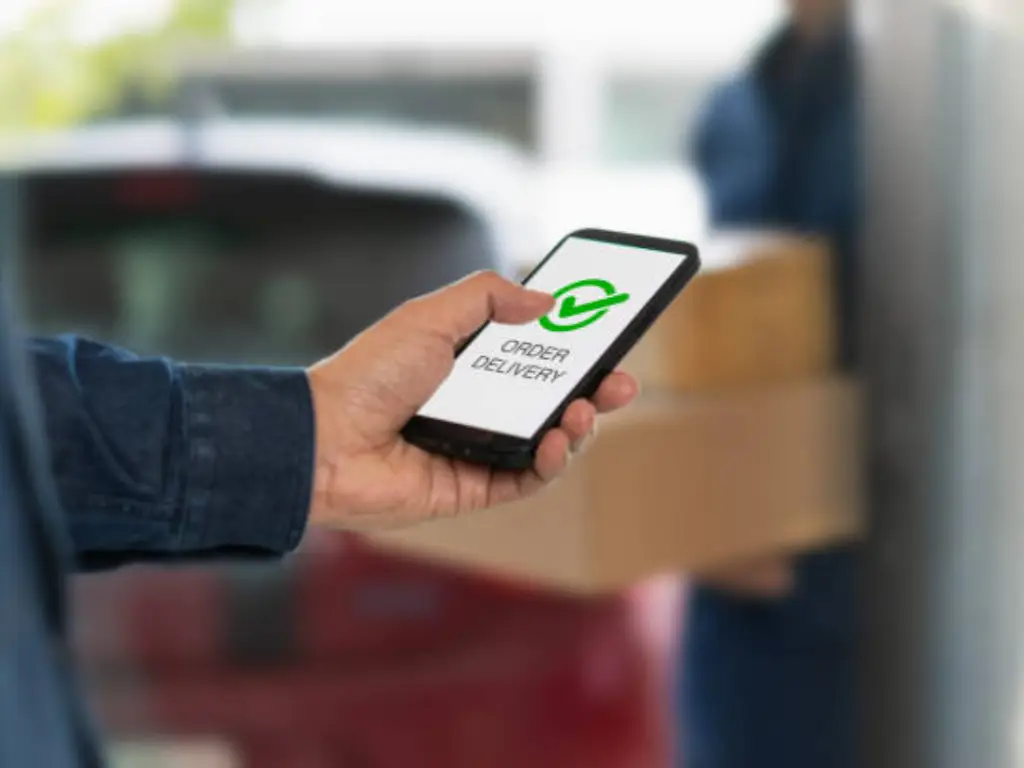
At this point, accuracy avoids major issues in the future. Check the order details thoroughly before handling a shipping box.
- Go to the Orders Tab: In your Shopify administration, select Orders. You will see a list of all your recent sales. Click on the order you are going to fulfill. It will be indicated as “Unfulfilled.”
- Check Order Details: Examine the details of the customer. Look at the shipping address and see whether there are any glaring mistakes or typos. The address validation system of Shopify is useful, yet a visual verification is required.
- Fraud Analysis Assessment: Shopify offers an in-built fraud analysis of each order. Review the indicators. Green lights are usually harmless. Amber should be approached with care; you can call the customer to confirm. Red means that there is a high likelihood of fraud and you should not ship the product without a proper investigation. Delivering a fraudulent order means losing a product and incurring a chargeback fee.
- Confirm Inventory: Check the items on the list and make sure that they are in stock and that they are at the place where you intend to ship. In case a product is out of stock, then you have to inform the customer on the spot to control their expectations.
Purchasing and Printing Shipping Labels
Shopify Shipping simplifies the postage creation and payment. It is directly connected with the large carriers and provides discounted prices.
- Shipping Label: On the order details page, under the Unfulfilled section, there is a button named Create shipping label.
- Confirm Items: Check that this shipment has all the items on the order. In case you are shipping only a portion of the order, you can do a partial fulfillment by changing the quantity of each item.
- Enter Package Details: Choose the type of package in your saved presets or type in the custom dimensions (Length, Width, Height) and the total weight of the packed box. This data should be accurate to make sure that postage is calculated correctly. Wrong information may result in carrier surcharges or rejected packages.
- Select Shipping Service: Depending on the package and the destination, Shopify will show a list of shipping services offered by a carrier, such as USPS, UPS, or DHL Express, and the price. Select the service that corresponds to the shipping option the customer chose during the checkout.
- Buy Shipping Label: Check all the information one more time. After confirmation, click on Buy shipping label. The price will be charged to your Shopify account.
- Print Documents: Once you have bought, you will be asked to print the shipping label. You can also print a packing slip to put in the package. A standard desktop printer is enough to begin with, whereas a thermal label printer is used to achieve professional results and efficiency.
Marking as Fulfilled and Notifying Your Customer
The last mechanical process completes the loop on the fulfillment process and the process of communication with your customer begins.
- Affix the Label: Stick the printed shipping label to your package.
- Fulfill Items: When a shipping label is bought via Shopify Shipping, the order is automatically fulfilled. When you buy postage, not through Shopify, you will have to do it manually. Click on the order page, Fulfill items.
- Add Tracking Information: The tracking number from the Shopify-generated label will be automatically added. If you used an external service, you must enter the tracking number and select the shipping carrier manually. This step is a must; customers expect the ability to track their purchase.
- Trigger Notification: When the tracking number is typed in and the order is considered fulfilled, Shopify will automatically send a customer an email with the title of Shipping confirmation. This email will contain the tracking number and a link to the tracking page of the carrier, which will provide the transparency that contemporary consumers require. Your package is now ready to be delivered to the carrier.
Choosing Your Path: The 3 Core Fulfillment Models
Order processing manually is good when the business is new. But, with a few orders per week, dozens or hundreds per day, this manual process becomes a major bottleneck in operations. You are wasting your precious time packing boxes rather than marketing, product development and strategy.
This is a critical strategic decision that you are confronted with. Your fulfillment approach needs to be developed to help you grow. Three major models can be considered. They have a different set of operational requirements, costs, and strategic implications. Your decision will have a direct effect on your profit margins, customer satisfaction, and scalability of your whole business. We shall discuss them individually.
Model 1: Self-Fulfillment (The Hands-On Approach)
The direct extension of the manual process mentioned above is self-fulfillment, or in-house fulfillment. The whole physical process, including inventory storage, item picking, box packing, and carrier pickup or drop-off, is under your responsibility, or that of your team.
This model will give you complete authority over the customer experience. You determine the packaging quality, addition of marketing materials and dispatch speed. This control is a major competitive edge to businesses whose products are highly customized, have complex packaging needs, or whose brand is based on the experience of unboxing.
Its main disadvantage is that it is not scalable. Self-fulfillment is space-dependent and labor-intensive. The larger the order volume, the larger the number of staff required, the space required and the complexity of the inventory management systems. It directly correlates the expansion of your company with your physical ability to deliver goods. The model is most appropriate in early-stage companies, businesses that sell large or specialized products, or brands that use a highly personalized fulfillment process as a fundamental aspect of their identity.
Model 2: Third-Party Logistics (3PL) for Scaling Your Brand
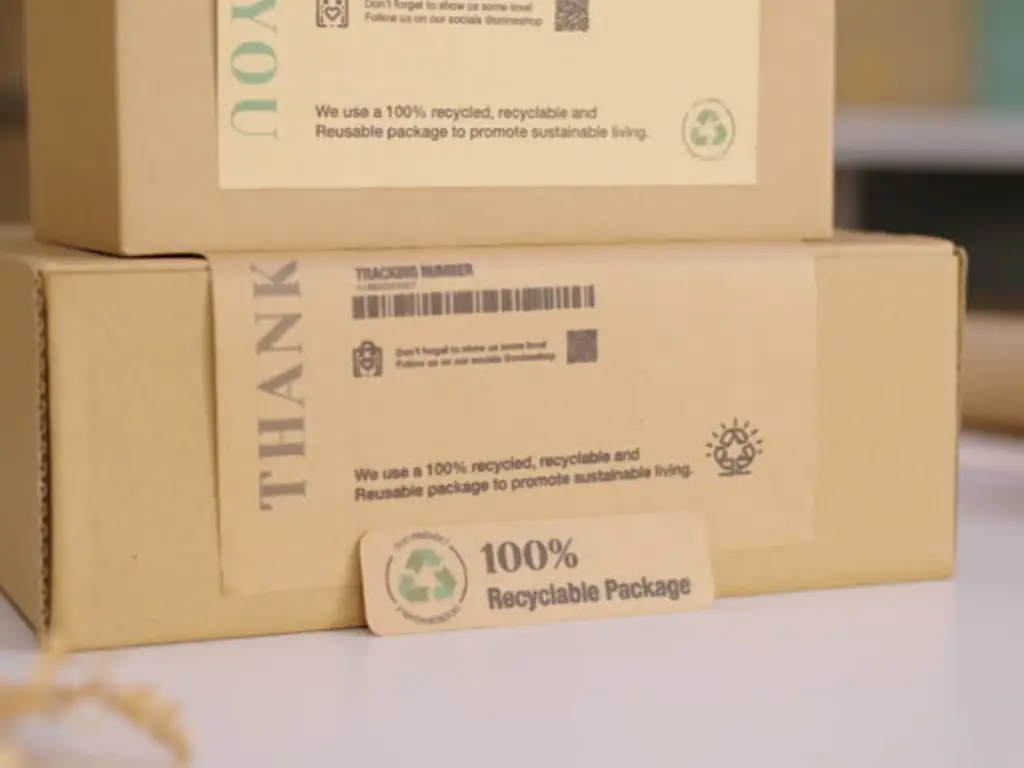
Third-Party Logistics (3PL) refers to the outsourcing of your whole fulfillment process. Under this model, you send your inventory to a dedicated 3PL company in large quantities. Their plant serves as your warehouse.
Once a customer orders something in your Shopify store, the order will be automatically sent to the system of the 3PL. Their professional team will then select the items in your inventory, pack them as per the set standards and deliver them to your customer.
The short-term advantage of a 3PL alliance is the freedom of your time and resources. It converts fulfillment into a fixed operational headache to a variable cost. You are no longer limited by space or work. A 3PL is easily scalable; 100 or 10,000 orders per month, the 3PL can handle the volume. Moreover, these vendors usually possess more than one warehouse, which allows you to keep inventory nearer to your clients, which saves on shipping time and expenses.
The factors to consider in this model are cost and loss of direct control. Storage (per pallet or per bin), picking and packing (per item or per order), and shipping will be paid. The pricing structure of a 3PL is important to know in detail. Although you can offer personalized packaging and instructions, you are leaving a fundamental aspect of your customer experience to a third party. This model fits well with existing companies with steady and increasing volumes of orders that are willing to give up operational efficiency and scalability in favor of direct control.
Model 3: Dropshipping and the Modern Agent Solution
Dropshipping is a fulfillment model in which you do not have any inventory. When you sell, you buy the product of a third-party, usually a manufacturer or wholesaler, who in turn delivers the product to your customer. The difference between your selling price and the price that you pay the supplier is your profit.
The conventional model of dropshipping, which frequently implies the use of such platforms as AliExpress, is characterized by the low entry barrier. It involves low start-up capital as you do not buy inventory in advance. This availability, however, has significant, well-documented operational problems. Merchants often have to deal with unreliable suppliers, too long shipping times that annoy Western customers, no quality control whatsoever, and serious communication obstacles. Lack of custom packaging means that it is almost impossible to create a unique brand.
These are the pain points that the model should develop for serious entrepreneurs.
Why a Dropshipping Agent is Your Strategic Partner
The basic dropshipping model is a point of departure, but not a scalable solution to the development of a reputable brand. The contemporary remedy is to hire a professional dropshipping agent. This turns the model into a strategic alliance.
An agent of modern dropshipping, such as us at SpeedBee Dropship, is not merely a middleman but your on-the-ground team. We are designed to do away with the bottlenecks of the traditional model. We offer a package of services that are aimed at brand development:
- Verified Supplier Sourcing: We offer direct access to our highly vetted network of 3,182 suppliers, a strategic asset that is meant to assist dropshippers to reclaim complete control of their supply chain. We do not just do first-time vetting, we also make on-demand visits to the factories to get a thorough insight into the raw materials of the products and the manufacturing process so that we can enhance the quality of the products at the point of origin.
- Quick Shipping Lines: We do not use the slow and standard shipping services, but instead use special and more efficient shipping lines to cut the delivery time by a significant margin.
- Pre-Shipment Quality Control: Our staff checks each product prior to shipping it to your customer. This is an important measure that helps avoid the reputation of your brand being ruined by faulty products.
- Custom Branded Packaging: We provide branded packaging, such as custom boxes, tape, and inserts. This will enable you to provide a real brand experience, which will make customers loyal to you and will distinguish you among the competitors.
Hiring an agent will make your store a brand rather than a mere retail business. It is the required development of dropshipping among the companies oriented on long-term development and customer satisfaction.
Beyond the Box: Optimizing Fulfillment for Customer Loyalty
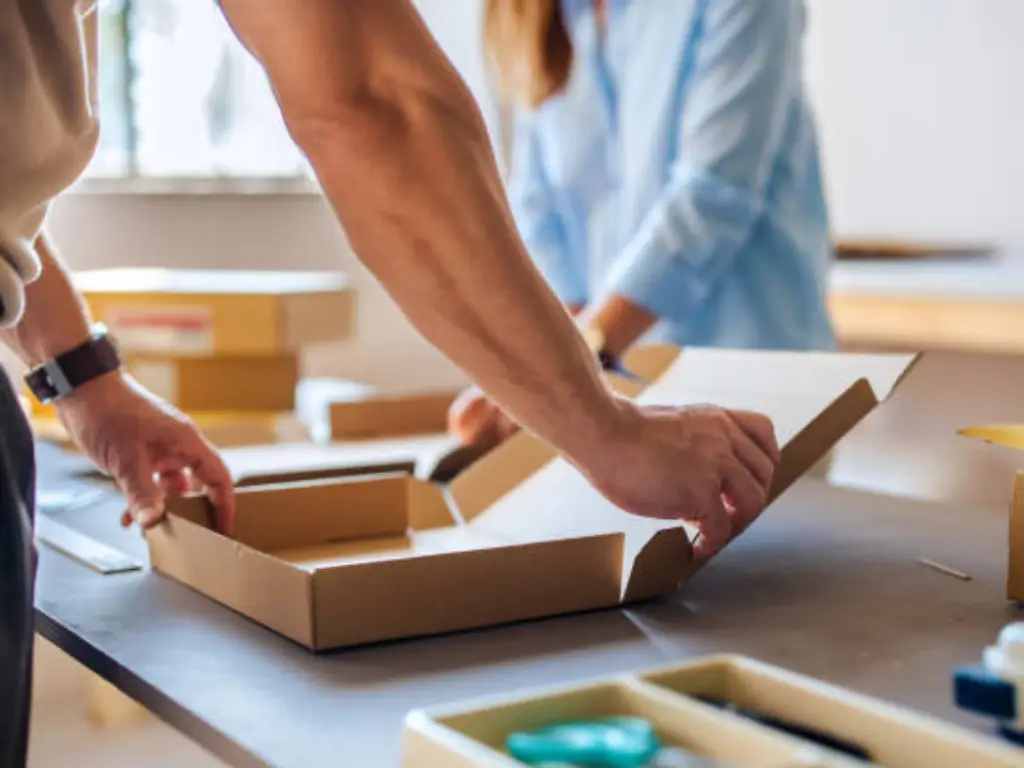
No matter what model of fulfillment you use, the process is an effective brand-building tool. The most physical contact that a customer has with your online store is the moment your package arrives. This experience should be optimized to achieve customer loyalty and positive reviews.
Focus on three key areas:
1. The Unboxing Experience: The way you package your product is a direct indicator of how people perceive your product. You can also request branded boxes, custom tissue paper, or even plain inserts such as a thank-you card even with a 3PL or agent. Unboxing is a memorable experience that makes a delivery a shareable one.
2. Proactive Communication: Customers will not request updates, so do not wait to be asked. Make sure that your Shopify order confirmation, shipping confirmation, and delivery update notifications are readable and branded. In case of any known delay, inform the customer before he or she has to ask. Transparency builds trust.
3. Hassle-Free Returns: An easy, transparent and equitable returns policy is an important component of the post-fulfillment experience. A customer with a positive experience in his or her return will be more likely to purchase it again. Make your policy accessible and comprehensible.
What’s Next? Making the Right Choice for Your Store
Now you have a full picture of how to complete Shopify orders, starting with the first clicks of the manual and up to the advanced strategic models that will shape the future of your business.
There is no right answer to the path forward, there is the right answer to your business at the stage you are in.
- Your starting point is Self-Fulfillment. It provides the highest level of control and is suitable when dealing with new brands, custom products, and local businesses.
- Your scaling engine is Third-Party Logistics (3PL). It is the natural progression when the volume of orders exceeds your capacity to handle them internally, and you are free to work on growth.
- Dropshipping through an Agent is your strategic move into the ecommerce. It offers the least financial risk and addresses the severe quality and branding problems of the traditional model.
Assess your existing volume of orders, capital base, product line, and long-term brand goals. Make an informed decision. In case you decide that the capital efficiency and inventory freedom of dropshipping is what you need, understand that the best way to create a stable, scalable, and reputable brand on the first day is to collaborate with a professional agent.
Conclusion
Learning how to use Shopify fulfillment is a process of operational need to strategic benefit. We are no longer on the operational stages of fulfilling one order but on the strategic choice of self-fulfillment, 3PL relationship, and a new dropshipping model. The optimal course is not a universal one; it is specific to your business size, resources, and brand vision. Through a critical consideration of these alternatives, you will turn fulfillment into a daily routine and an engine of growth and customer loyalty. The ultimate move towards creating a strong and successful ecommerce brand is making the right strategic choice.

